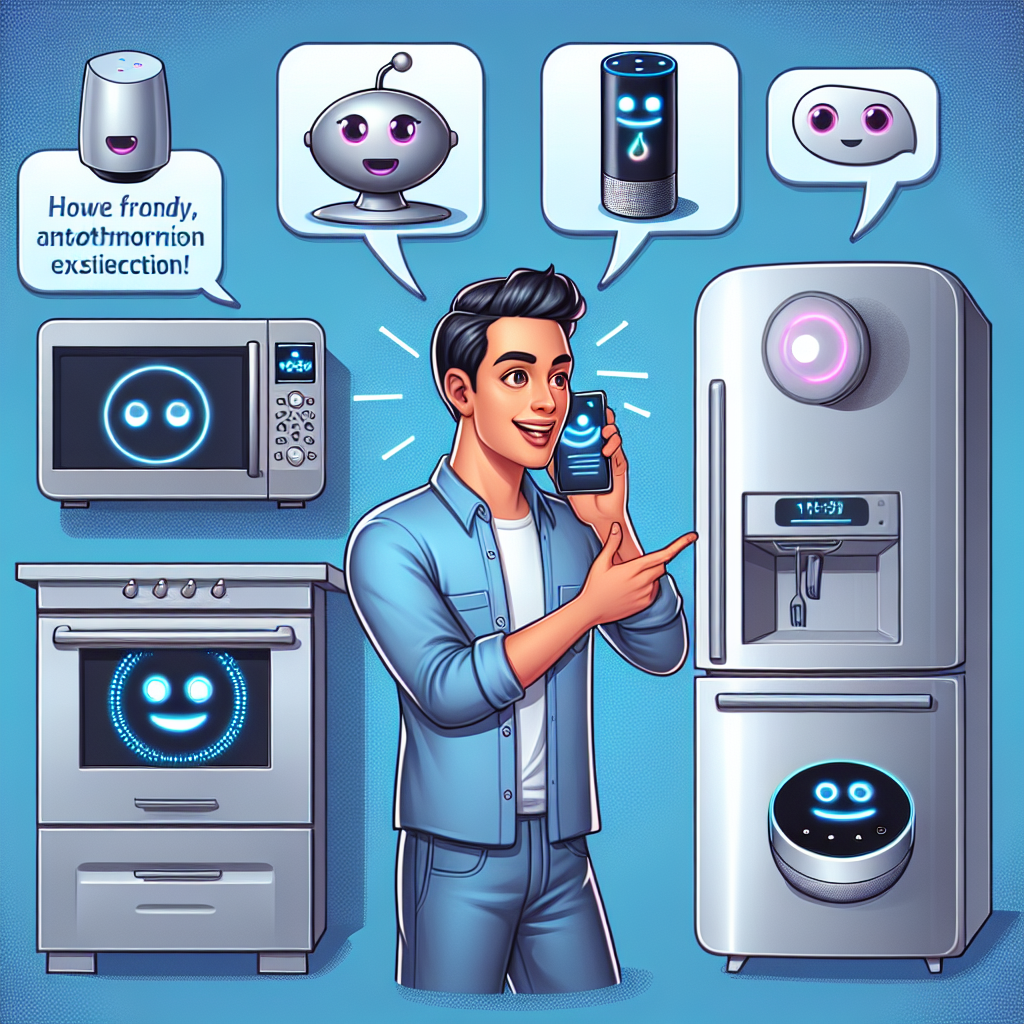Ever feel like there aren’t enough hours in your day? You’re not alone. For entrepreneurs, small business owners, and busy professionals, the daily juggling act of tasks can be overwhelming. But here’s the good news: AI tools are changing the game, and they’re more accessible than ever before.
AI SaaS Creation Platforms are revolutionizing how we work by putting powerful technology at our fingertips—without requiring a computer science degree. These tools aren’t just for tech giants anymore; they’re for you, the individual entrepreneur working from your home office, or the small team trying to compete with larger companies.
“I used to spend hours on administrative tasks that took time away from growing my business,” says Maya, a solo entrepreneur who recently integrated AI tools into her workflow. “Now I’ve automated 70% of those tasks, giving me back almost 15 hours a week to focus on what matters.”
The Rise of AI SaaS Creation Platforms
AI SaaS Creation Platforms are like digital workshops where you can access, customize, and deploy AI applications that work specifically for your needs. The beauty is that these platforms democratize technology that was once reserved for companies with deep pockets and technical teams.
Think of these platforms as the bridge between complex AI technology and your everyday business needs. They offer pre-built components that you can mix and match to create solutions tailored to your workflow. Whether you need help with content creation, customer service, or data analysis, there’s likely an AI application that can transform how you handle these tasks.
What makes these platforms revolutionary is their accessibility. You don’t need to understand machine learning algorithms or data science—you just need to know what problem you’re trying to solve. The platform handles the technical heavy lifting, while you focus on applying the solution to your business.
For small businesses especially, these platforms level the playing field. With minimal investment, you can access the same AI capabilities that larger competitors use, allowing you to work smarter, not harder.
Low-Code Platforms: Bringing Your Ideas to Life
One of the most exciting developments in the AI space is the emergence of Low-Code Platforms. These user-friendly systems allow anyone—regardless of technical background—to create customized AI applications through visual interfaces and simple drag-and-drop functionality.
Low-Code Platforms are changing who gets to innovate with AI. Instead of waiting for developers to build solutions, you can take matters into your own hands. Have an idea for automating your customer follow-ups? Want to create a system that analyzes customer feedback automatically? With low-code platforms, you can build these solutions yourself.
“Before discovering low-code platforms, I had a notebook full of ideas but no way to implement them,” shares Carlos, the founder of a digital marketing startup. “Now I’ve built three custom applications that have transformed our client management process, and I’ve never written a line of code.”
These platforms typically offer:
- Visual interfaces for building workflows
- Pre-built templates for common business processes
- Connectors to integrate with tools you already use
- Testing environments to perfect your application before launch
The impact goes beyond just building tools—it’s about empowering people to solve their own problems. When business owners and team members can create their own solutions, innovation flourishes at all levels of an organization.
Intelligent Collaboration: AI-Powered Teamwork
For small teams and startups, effective collaboration can make or break success. Intelligent Collaboration tools powered by AI are transforming how teams work together, making communication more efficient and resource sharing more intuitive.
These tools go beyond basic file sharing and messaging. They actively enhance teamwork by:
- 🔄 Automatically organizing conversations and documents by topic
- 💡 Suggesting relevant resources based on what you’re working on
- 📝 Summarizing lengthy discussions into actionable points
- ⚠️ Identifying potential conflicts in schedules or project plans
- 🌐 Translating communications in real-time for global teams
“Our team of five operates across three time zones,” explains Jenna, co-founder of a software startup. “Our AI collaboration platform automatically schedules meetings during overlapping work hours, summarizes discussions for team members who couldn’t attend, and even highlights decisions that need input from specific team members.”
The result is more productive meetings, fewer miscommunications, and better use of everyone’s time and talents. These tools are particularly valuable for remote and hybrid teams, where maintaining connection and clarity is essential.
For startups operating with limited resources, these intelligent systems ensure that nothing falls through the cracks and that every team member can contribute efficiently, regardless of where or when they’re working.
Customizable AI Digital Workers: Your Tireless Assistants
Imagine having a team of assistants who never sleep, never complain about repetitive tasks, and continuously improve at their jobs. That’s the promise of Customizable AI Digital Workers, and they’re changing how entrepreneurs and small businesses handle day-to-day operations.
These digital workers can be programmed to handle specific tasks that would otherwise eat up your valuable time:
- Monitoring and categorizing incoming emails
- Scheduling meetings and sending reminders
- Processing routine customer inquiries
- Maintaining and updating databases
- Generating regular reports
- Performing data entry and verification
“I configured my digital worker to handle our customer support inbox during off-hours,” says Miguel, who runs an e-commerce business. “It responds to common questions, escalates urgent issues to me, and makes sure nothing is missed. Our response time has dropped from 24 hours to under 2 hours, even at 3 AM.”
The beauty of these digital workers is their customizability. You can train them to understand your business’s specific needs and adapt them as those needs change. They learn from feedback and improve over time, becoming increasingly valuable assets to your operation.
For businesses with seasonal fluctuations, these digital workers offer scalability without the complexities of hiring and training temporary staff. They can ramp up during busy periods and scale back during slower times, all while maintaining consistency in how tasks are performed.
Personal Use AI Products: Your Life, Enhanced
Beyond business applications, Personal Use AI Products are transforming how individuals manage their daily lives. These tools serve as extensions of ourselves, helping us be more productive, organized, and creative in both personal and professional contexts.
Some of the most popular personal AI tools include:
- Virtual assistants that learn your preferences and habits
- Writing assistants that help draft emails, reports, and creative content
- Research tools that gather and summarize information on topics of interest
- Productivity trackers that identify where your time goes and suggest improvements
- Learning companions that adapt to your style and pace
“My personal AI assistant has changed how I approach my day,” shares Taylor, a freelance designer. “It helps me plan my schedule based on when I’m most creative, reminds me of deadlines in a way that actually motivates me, and even suggests breaks when it notices I’ve been working too long without stopping.”
These tools shine in their ability to adapt to individual preferences and needs. They observe patterns in how you work and live, offering personalized suggestions rather than one-size-fits-all solutions. For many users, the value comes from having tools that understand their unique contexts and challenges.
The line between personal and professional use often blurs, with many people finding that these AI products help them maintain better work-life balance by making both spheres more efficient and less stressful.
Sharing and Selling AI Products: Join the Creator Economy
The AI ecosystem isn’t just about using tools—it’s also about creating and sharing them. Platforms for Sharing and Selling AI Products enable innovative individuals to contribute their own solutions to the marketplace, potentially turning side projects into income streams.
These platforms provide infrastructure for:
- Packaging your custom AI workflows for others to use
- Setting pricing for your creations
- Reaching audiences who might benefit from your solution
- Getting feedback to improve your product
- Building a reputation as an AI creator
“I created a specialized workflow for organizing research materials that saved me hours every week,” recounts Jordan, an academic researcher. “After sharing it on an AI marketplace, it’s now being used by hundreds of graduate students and researchers worldwide, generating passive income that covers my own software subscriptions.”
This creator economy approach democratizes not just the use of AI but also its development and distribution. Someone who solves a problem for themselves can now easily share that solution with others facing similar challenges.
For entrepreneurs with domain expertise in specific industries, these platforms represent an opportunity to monetize that knowledge by creating specialized AI tools for their sector—without needing to build the underlying technology from scratch.
AI Agent Technology: Autonomous Problem-Solving
Perhaps the most exciting frontier in accessible AI is AI Agent Technology—systems that can independently perform complex tasks and make decisions within defined parameters. These agents use machine learning to understand contexts, solve problems, and take actions with minimal human oversight.
Unlike simpler automation tools that follow rigid rules, AI agents can:
- ➤ Adapt to changing circumstances
- ➤ Learn from experience and improve over time
- ➤ Make nuanced decisions based on multiple factors
- ➤ Coordinate with other systems or humans when needed
- ➤ Handle exceptions and unexpected situations
“We deployed an AI agent to handle our inventory management,” explains Amir, who owns a small retail business. “It doesn’t just reorder products when stocks are low—it considers seasonal trends, analyzes which products are often purchased together, and adjusts orders based on upcoming promotions. Our stockouts have decreased by 63% while our inventory costs have dropped by 28%.”
For small businesses and entrepreneurs, these agents represent a dramatic leap in what can be accomplished without expanding staff. They can operate 24/7, processing information and making decisions that would typically require human attention.
While the most sophisticated AI agents still require some technical setup, platforms are emerging that make this technology increasingly accessible to non-technical users, allowing them to configure agents through intuitive interfaces.
Workflow Automation: Streamlining Your Processes
At the heart of many AI tools is Workflow Automation—the ability to connect different systems and processes into seamless sequences that require minimal human intervention. This technology eliminates repetitive manual steps, reduces errors, and accelerates completion times.
Effective workflow automation tools allow you to:
- ✓ Map out your existing processes visually
- ✓ Identify bottlenecks and redundancies
- ✓ Connect different applications and data sources
- ✓ Create conditional logic for different scenarios
- ✓ Monitor performance and results
“Automating our client onboarding workflow was a game-changer,” says Layla, who runs a digital agency. “What used to take seven manual steps across three different platforms now happens automatically when a new client signs up. It’s not just faster—it’s more consistent and gives our clients a better first impression.”
For small businesses with limited staff, automated workflows ensure that critical processes don’t depend on any single person being available. They also create consistency in how tasks are performed, leading to more predictable outcomes and easier troubleshooting when issues arise.
The most powerful aspect of modern workflow automation is its flexibility—you can start small by automating a single process and gradually expand as you become more comfortable with the technology and identify additional opportunities.
Embracing the AI-Enhanced Future
As we look to the future, it’s clear that AI tools will continue to transform how we work and live. By embracing these technologies now, entrepreneurs and small businesses can position themselves at the forefront of this evolution, gaining competitive advantages while improving work-life balance.
The philosophy behind platforms like Zygote.AI aligns perfectly with this vision—making powerful AI technology accessible to everyone, regardless of technical background. By providing user-friendly low-code platforms and customizable AI digital workers, Zygote.AI empowers individuals and small teams to create intelligent solutions tailored to their specific needs.
The goal isn’t to replace human creativity and decision-making but to enhance it. When routine tasks are automated and information is processed more efficiently, we gain the freedom to focus on what humans do best: innovate, connect, and create value in ways that AI cannot.
As you consider integrating AI SaaS Creation Platforms into your daily routine, start with a single area where you feel the most friction or spend the most time on repetitive tasks. Begin with one tool, master it, and then expand your AI toolkit as you grow more comfortable with the technology.
The question is no longer whether AI tools can transform your productivity—it’s which tools you’ll choose and how you’ll use them to shape your own future. The tools are ready; are you?









